If you spend a lot of time outdoors, chances are you are familiar with the three-leafed terror that is poison ivy.
Even if you are one of the fortunate few who do not develop the characteristic rash after touching the plant, you’ve no doubt seen its handy work. The plant is one serious hombre, and it is wise to give it a wide berth.
But what about your dog? Can this terrible fate befall him too?
Unfortunately, while the question seems relatively straightforward, many authorities disagree on the correct answer. Some explain that poison ivy does not cause dermatitis in dogs, while others argue that it does – often citing tangible examples as evidence.
We’ll dig into the issue below and explain everything you need to know about poison ivy and dogs!
The Really Short Answer: Can Dogs Get Poison Ivy?
In case you are currently at the local park, scrolling through this article on your phone while trying to decide whether or not to let their dog go tromping through a patch of poison ivy, I’ll cut to the chase:
Yes, it is possible that your dog will develop a painful or itchy rash after contacting poison ivy plants. But it’s not too likely.
Poison ivy in dogs seems to be a rather rare phenomenon. For a variety of reasons, dogs are not as susceptible to the potent plant as their people are. But to understand these reasons, you have to understand how and why poison ivy does what it does.
Urushiol: One Heck of an Active Ingredient
Poison ivy contains a thick, yellowish chemical in its sap called urushiol.
This chemical is found throughout all of the plants’ tissues (root, stem, leaf, flower, and fruit), and it begins to ooze out of any wounds the plant suffers. This is important because poison ivy is not a robust plant – merely grazing against it can allow the sap to leak.

But here’s the strange thing: Urushiol is not poisonous.
There are very few documented cases of animals reacting to it, and a lucky slice of the human population fails to react as well.
Many animals – including deer, cattle, goats and rabbits – consume the urushiol leaves, while woodpeckers and other birds consume the fruits.
What gives?
As it turns out, urushiol elicits a ridiculously strong immune response from many people (about 85% of the population, according to the American Skin Association). As little as 1 nanogram of urushiol can cause your immune system to go nuclear, and the average exposure is on the order of 100 nanograms.
To give you some kind of context, consider that a grain of sugar weighs about 600,000 nanograms.
In response, your immune system starts annihilating the entire area with everything it has. This causes some friendly-fire issues for your body’s cells, and the result is one of the world’s itchiest rashes.
So, What About My Dog? Can He Get Poison Ivy?
Sorry for the digression, but the only way to reconcile the disparate opinions offered by various authorities is to understand the way in which the plant and rash are related.
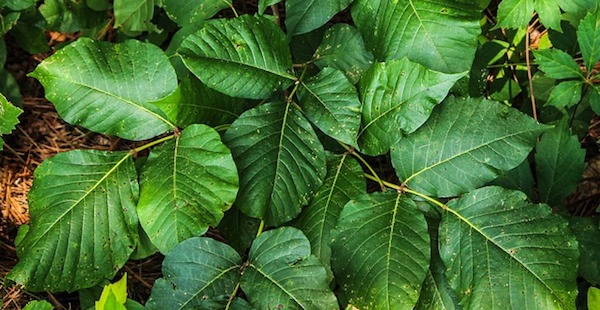
As stated at the outset, your dog may very well be susceptible to poison ivy, but it doesn’t appear to be a common occurrence at all. This is primarily because:
- Most dogs are covered in a thick layer of fur. Urushiol doesn’t have any effect on hair; it must come into contact with the skin or a mucus membrane to cause an immune response. Nevertheless, areas without much fur (the belly, face and ears) are not well-protected. Unsurprisingly, most documented canine cases occur in these very places.
- Just like humans, dogs are individuals – while the immune systems of some dogs may overreact in response to urushiol, others are unlikely to react in the same way. Scientists don’t even agree on how many people are susceptible, so they don’t yet have a clue how common this is in dogs.
Another factor which leads to confusion is that several other plants can cause rashes in dogs, and these rashes may be mistaken for poison ivy-induced rashes. For example, geraniums and daffodils are known to cause rashes in dogs.
What Does a Poison Ivy Rash Look Like on a Dog?
It may be unlikely that your dog will be harmed by poison ivy, but you should always inspect his skin if he starts scratching more than usual.
So what does poison ivy look like on a dog?
A poison ivy rash on your dog will look somewhat similar to the way it looks on a human. The skin will appear red and inflamed, and pustules may be present in particularly bad cases. Poison ivy rashes are most likely to appear on your dog’s belly, face or ears – the places where his fur is thin and the skin exposed.
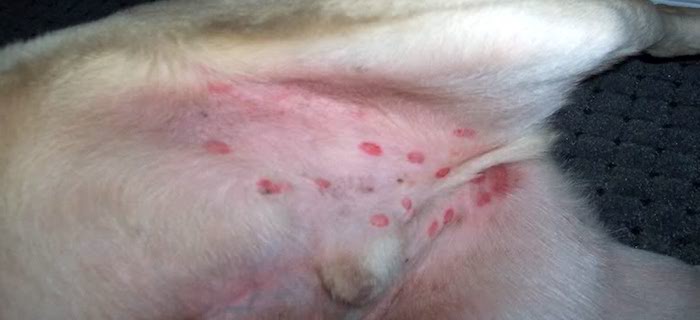
How Do You Treat Poison Ivy on a Dog?
The best way to treat your dog’s poison ivy is to avoid the problem altogether.
Learn to identify poison ivy and keep your dog away from it.
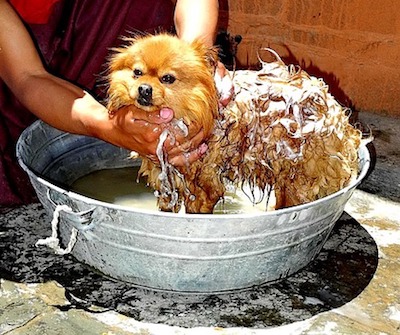
If you notice that your pup has trampled through a patch, a lukewarm, soapy bath with some dog-safe shampoo is in order. In fact, you’ll probably want to bathe him 2-3 times before you consider him clean.
If you have a way to do so, give Fido his bath outdoors to keep him from coating the walls and furniture in urushiol on his way to the bathtub.
It is also a good idea to don latex gloves and an old shirt you don’t mind throwing away to keep the oil off your body.
If your four-legged friend has already developed the rash, pick up the phone and give your vet a call. Minor reactions may not require veterinary help, but serious reactions will.
Your vet may prescribe a topical cream to alleviate the itchiness or even steroids in serious cases.
If your dog has scratched the area repeatedly he may require a course of antibiotics to prevent infection. This is especially true if he has broken the skin with his claws. In such cases, you may also need to fit your dog with an e-collar to prevent him from licking the painful area while it heals.
Can I Get Poison Ivy From My Dog?
Humans can absolutely get poison ivy from their dogs. Pet your pet’s urushiol-covered coat and you could be well on your way to a rash!
This is why it’s a good idea to give your dog a bath (with gloves) if you suspect he may have run through some poison ivy while romping in the woods.
The Poison Ivy Posse: There’s More Bad Boys In Those Woods
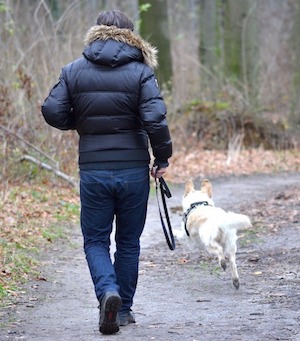
Poison ivy is not the only plant to contain urushiol. In fact, the chemical is more widespread than most people realize.
Some of those plants carrying urushiol even adorn dinner tables around the world! Each is capable of causing a rash, although they exhibit varying tendencies to do so.
Some of the most notable plants that contain urushiol include:
- Pacific poison oak (Toxicodendron diversilobum)
- Poison sumac (Toxicodendron vernix)
- Lacquer tree (Toxicodendron vernicifluum)
- Mangos (Mangifera indica)
- Cashews (Anacardium occidentale)
Be sure to learn which of these plants live in your area and take whatever steps are necessary to keep your dog away from them.
Mowing Down Myths About Poison Ivy
Now that you know the basic method by which poison ivy causes a rash, we can dispense with a number of myths and misunderstandings.
- Immediate itchiness (such as when you finish a hike through the forest) is not likely to be caused by poison ivy – the immune response takes some time to kick in. Immediate itching is likely due to irritation, bug bites or some other itch-inducing plant. Most people start showing symptoms of poison ivy exposure between 3 and 10 days of exposure. The same is likely to be the case for your dog.
- Another important thing to understand is that scratching the rash doesn’t cause it to spread. Your body’s reaction to urushiol causes the rash, and by the time the rash has appeared, the urushiol is long gone. Accordingly, you can’t get a rash by touching your dog’s rash. You can, however, develop a rash by touching your dog’s urushiol-cloaked coat before they’ve taken a good bath.
- Just because you are “immune” doesn’t mean you can’t get the rash. Your immune system changes over time, and just because it didn’t overreact last time does not mean it won’t do so this time. The same principle likely holds true for dogs.
***
As you can see, poison ivy can probably give your dog a rash, but it isn’t a terribly common occurrence. Just concentrate on keeping your dog away from the plant and you should be fine.
Have you ever been forced to treat your dog for poison ivy? Share your experiences in the comments below. You never know, your story may help other people avoid the problem in the future.
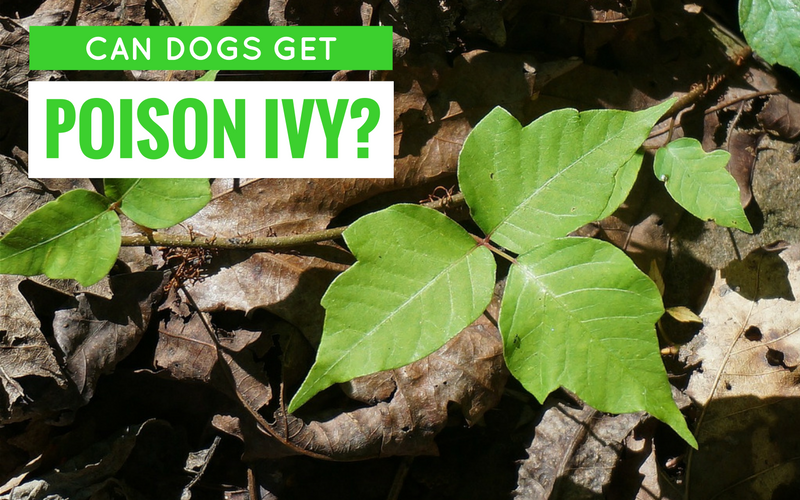




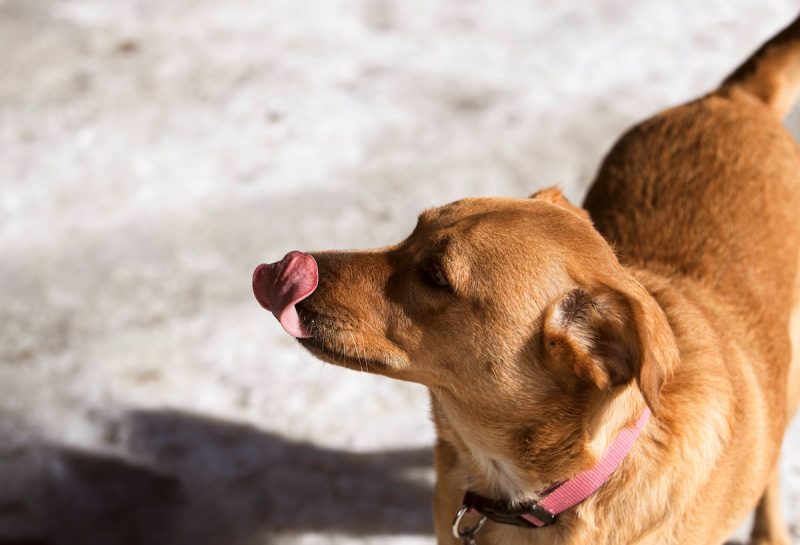
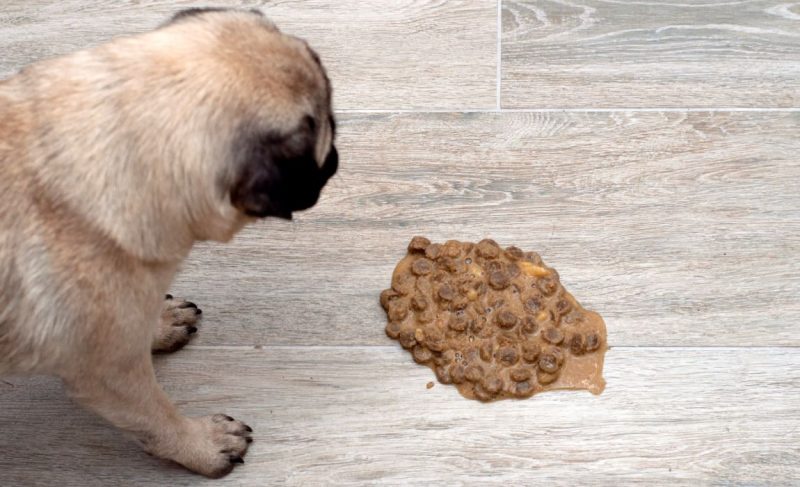
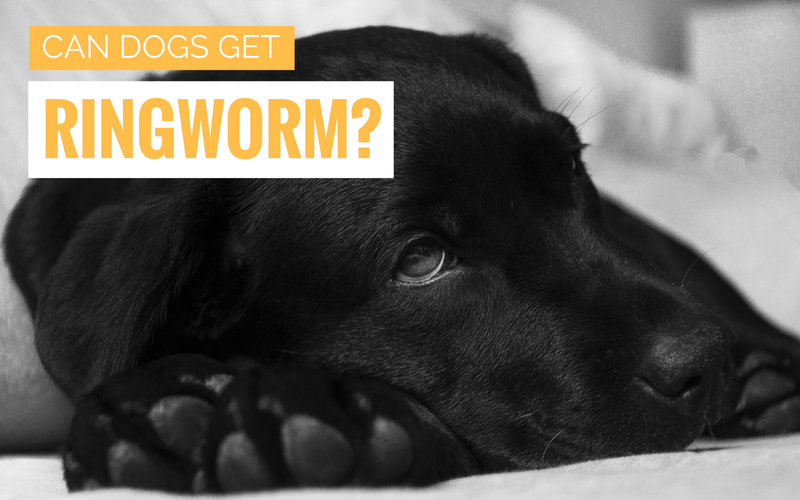

Leave a Comment